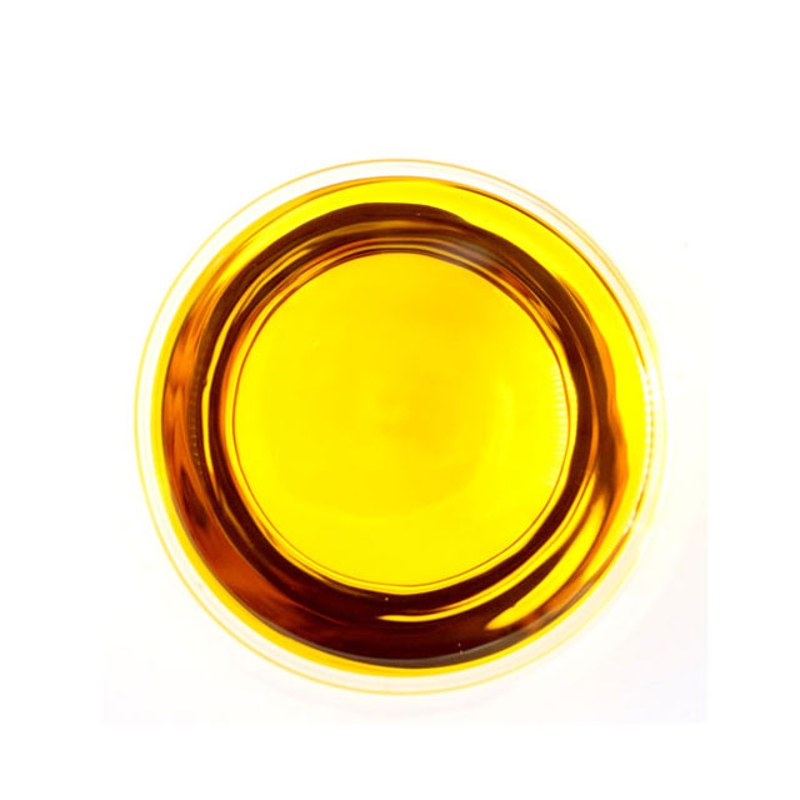Fonterra cut milk prices for the second time this year, the European Union forecast milk production... Can China's milk price be high?
-
Last Update: 2021-02-07
-
Source: Internet
-
Author: User
Search more information of high quality chemicals, good prices and reliable suppliers, visit
www.echemi.com
Today, Fonterra, the New Zealand dairy giant that accounts for a third of the global dairy trade, announced that it would again revise downward its forecast for the purchase
price of milk for the
2015/2016 milk season. However, Fonterra stressed today that the expectations are based on the assumption that global supply and demand will not change before the end of the year and that a decline in supply for exports could mean a faster-than-expected recovery in milk prices.in a briefing in Beijing early this morning, Fonterra announced a reduction in milk prices, and the company expects the purchase price of dried milk substances per kilogram of milk to fall from NZ$
4.15
to NZ$
NZ$
3.90
during the dairy season. Taking into account the possible dividends per share
45
to
55
cents, this is equivalent to the price paid to dairy shareholders per kilogram of dry matter to NZ$
4.35-4.45
"We are expecting New Zealand's milk production to fall by at least
4 per cent compared to the previous
. "The circular says that as New Zealand dairy farmers are reducing their herd populations and significantly reducing supplementary feed for cattle in response to low milk prices, this will affect New Zealand's autumn production."
In a briefing,
John Wilson, Chairman of Fonterra's board of directors,
, said the global dairy market had put further pressure on the forecasts. He added that Fonterra's management was focusing on cutting costs and creating cash at all levels of the business. However, he stressed that Fonterra's improving financial performance and strong balance sheet would enable cash flow support for dairy farmers.
Spierings
, chief executive of Fonterra, believes that over the past
18
months, dairy imports and exports have been unbalanced due to higher-than-expected growth in milk production in Europe and lower imports from China and Russia, the world's largest dairy importers.said the dairy trade had begun to rebalance, largely relying on production cuts, mostly in Europe, because of unsustainable global dairy prices. However, he stressed that the long-term tone of the dairy industry was positive, with annual demand growing at a rate of
2 per cent, thanks to a growing population, growth in Asia's middle class, urbanization
and favourable demographics.Today, New Zealand media quoted Prime Minister John Key as saying after Fonterra's announcement that it would inevitably be seen that some pastures would be sold, but overall, as previously stated, dairy farmers can always show "resilience" in dealing with the problem.The country's media quoted Chief Executive Shi Mude as saying that China's demand for dairy products was slowly recovering at an annual rate of
4-5
but that sales in oil-producing countries had been affected by lower oil prices, while exports from Europe were strong.
Snacks also noted that today's Reuters report said the European Union
milk production
in 2016 and 2016. The report quoted a European Commission report as saying that the number of dairy products produced from milk in the EU's
28
countries is estimated to reach
153.8
million tons this year, an increase of
1.4% over the previous year
. The report predicts that
will slow
to 0.9% in 2017
to 0.9%
.report that milk growth in the EU this year has been largely driven by countries such as Ireland, where the number of cows has risen by 10% in the past year. The Netherlands and Denmark are also major contributors, and the UK is likely to increase production. However, milk production in France and Germany will only increase only slightly, but production in Eastern Europe will stabilize as herds decline.report that, given the current market
, milk
likely to fall again in 2016.
This article is an English version of an article which is originally in the Chinese language on echemi.com and is provided for information purposes only.
This website makes no representation or warranty of any kind, either expressed or implied, as to the accuracy, completeness ownership or reliability of
the article or any translations thereof. If you have any concerns or complaints relating to the article, please send an email, providing a detailed
description of the concern or complaint, to
service@echemi.com. A staff member will contact you within 5 working days. Once verified, infringing content
will be removed immediately.







